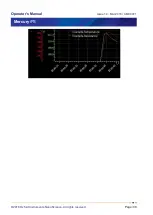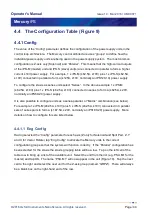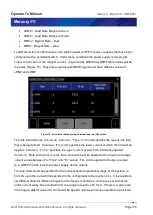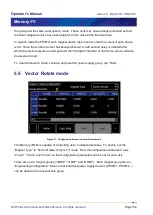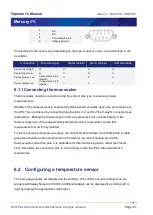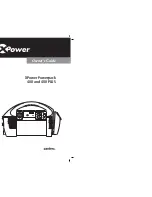
Operator's Manual
Issue 14
/
Mar 2016 / UMC0071
Mercury
iPS
©2016 Oxford Instruments NanoScience. All rights reserved.
Page
52
4.4.17 SW on (ms)
A parameter to define the time it takes for the switch to OPEN after the switch heater is turned
ON. The magnet should not be ramped during this time.
4.4.18 SW off (ms)
A parameter to define the time it takes for the switch to CLOSE after the switch heater is turned
OFF. The magnet should not be ramped during this time.
4.4.19 Catch
A parameter used to switch ON/OFF the “Catch” routine. At the time of writing (Jan 2015 fw
revision 2.2.7, 1.26) this should be set to OFF.
The “Catch” routine is a routine designed to catch the magnet if the switch breaks open while
setting the magnet persistent. So, if when ramping the leads to 0A after having energised the
magnet the switch quenches (breaks open) the iPS group detects this and rapidly ramps the
current up to match the magnet current. It will then turn on the switch heater to HOLD the
magnet current at the caught value. Then a current balancing routine will run to ensure each
unit in the group is supplying an equal proportion of the current while keeping the total current
constant. Once this is complete, the current is ramped back to the previous set point and held
there.
4.4.20 Epsilon (A)
Defines a band around the target current specified as
EpsilonBand = TargetCurrent ± Epsilon.
Within the band the control mode of the iPS drops into “fine trim” which is considered to be the
end of a magnet ramp task. This value is typically 100mA but can be any value from 5mA up to
1A. In fine trim mode the iPS will make small (20µA) adjustments to the output current on every
control loop iteration (100ms) to ensure the output does not drift from the target current. It can
be useful to set the epsilon band to 1A if there is a concern over ramp overshoot.


